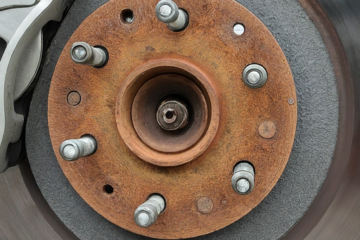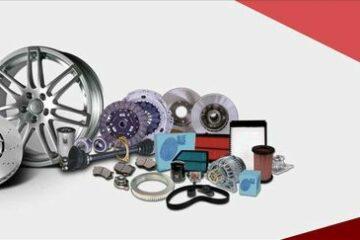Headlight technology has experienced significant developments in the ever-changing world of vehicle technology. From the early days of halogen headlights to the present era of LEDs and beyond, headlights have not only increased driver sight but also played an important part in improving safety and aesthetics. This article will take you on a journey through the evolution of headlight technology, highlighting the significant milestones and advancements that have changed how we illuminate the road.

Halogen headlights: Halogen headlights are the most common type of headlight in use today. They are relatively inexpensive to produce and maintain, but they are not as efficient or long-lasting as newer technologies
The era of halogens
The development of the halogen headlamp was an important one for automobile lighting. Halogen bulbs, which were first introduced in the 1960s and give brighter and more durable illumination, have mostly supplanted older incandescent and sealed-beam versions. Halogens produced bright light and a lot of heat by operating by running electricity through a tungsten filament. A new era in vehicle lighting technology began with this.
HID headlights: High-intensity discharge (HID) headlights are brighter and more efficient than halogen headlights. They also last longer. However, they are more expensive to produce and maintain.
HID Xenon Lights: High-Intensity Discharge (HID) xenon lights gained popularity in the late 1990s and early 2000s. Unlike halogens, HID lights created illumination by sparking an electric arc between two electrodes within a gas-filled chamber. This produced a brighter, bluish-white light that greatly improved visibility at night. HID lights were known for their intensity but also posed challenges like slow warm-up times and issues with glare for oncoming drivers.
LED headlights: Light-emitting diode (LED) headlights are the most advanced type of headlight available. They are brighter, more efficient, and longer-lasting than halogen or HID headlights. However, they are also the most expensive.
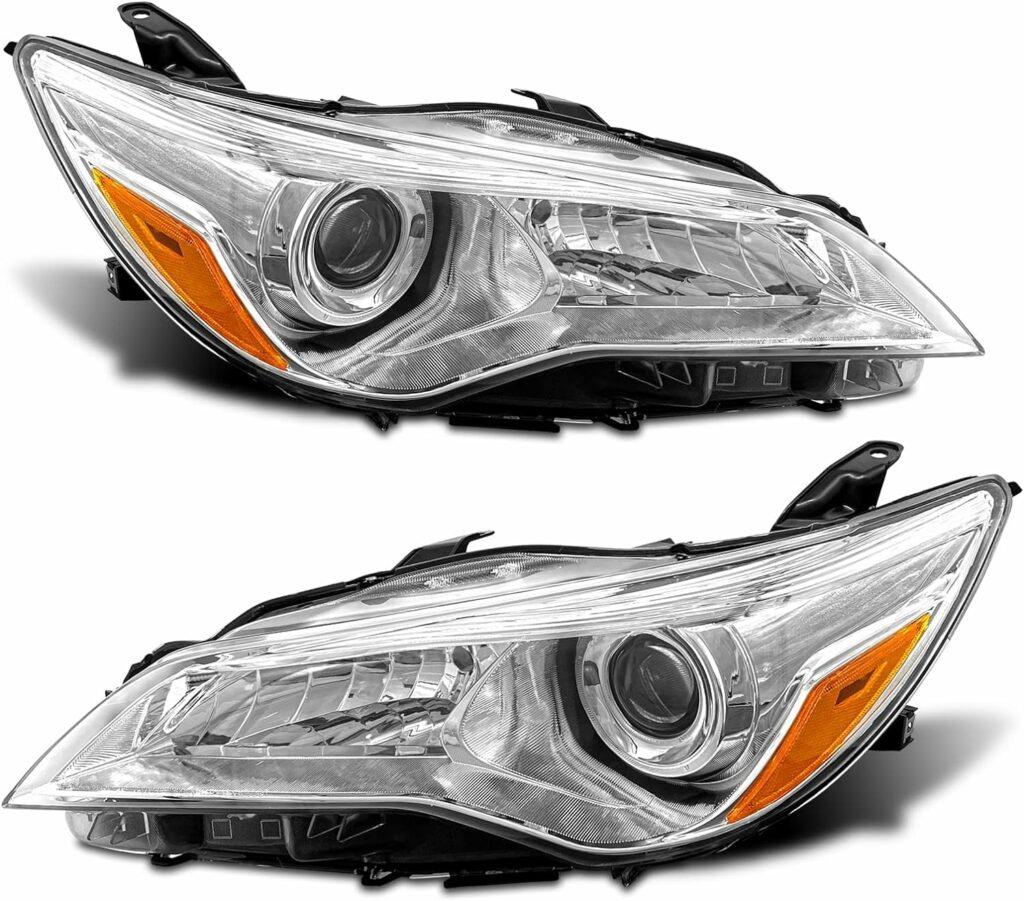
LED developments:
Automotive lighting underwent a revolution when Light Emitting Diodes (LEDs) were used. LEDs have a number of benefits, including energy efficiency, longevity, and quick response times. Greater design flexibility made possible by LED headlights enables automakers to develop distinctive signature lighting schemes. Additionally, LEDs enabled adaptive lighting systems, which allowed headlights to change their brightness and direction in response to traffic circumstances and the presence of other vehicles
Laser Headlights: Laser headlights represent the cutting edge of headlight technology. By using laser diodes to create a highly concentrated beam of light, laser headlights can project light farther down the road while consuming less power. This technology is still in its infancy, with limited adoption due to regulatory hurdles and high production costs. However, it showcases the potential for even more efficient and powerful lighting solutions in the future.
Smart Headlight Systems: With the rise of autonomous and semi-autonomous vehicles, headlight technology has expanded beyond just illumination. Smart headlight systems can analyze road conditions, traffic patterns, and even the driver’s gaze to adjust the intensity and direction of the light beams. This adaptive lighting enhances safety by ensuring optimal visibility without blinding other drivers.
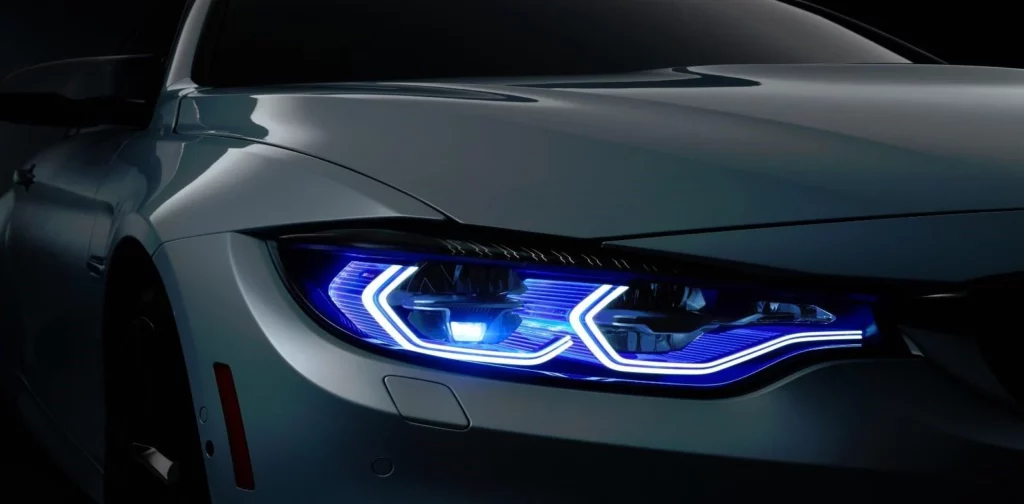
In recent years, there has been a growing trend towards LED headlights. This is due to their many advantages over other types of headlights. LEDs are more efficient, which means they use less energy and produce less heat. They also last longer, so you won’t have to replace them as often. Additionally, LEDs can be made to produce a wider range of light colors, which can improve visibility in different conditions.
The future of headlight technology is likely to see even more innovation. Some of the promising new technologies include laser headlights and solid-state headlights. Laser headlights are even brighter than LEDs and have a longer range. Solid-state headlights use a single chip to produce light, which could make them even more efficient and long-lasting than LEDs.
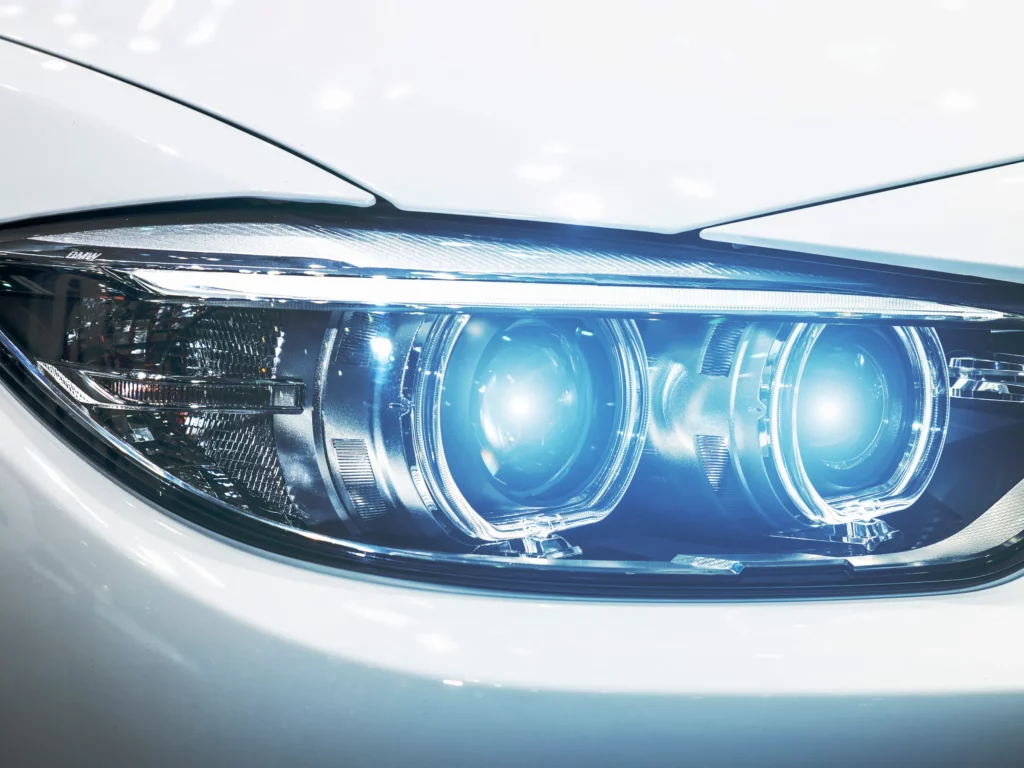
Here are some of the benefits of LED headlights over halogen and HID headlights:
- More efficient: LEDs use less energy than halogen or HID headlights, which can save you money on fuel
Longer lasting: LEDs can last up to 10 times longer than halogen headlights and 2-3 times longer than HID headlights.
Brighter: LEDs can produce a brighter light than halogen or HID headlights, which can improve visibility in low-light conditions.
Wider beam pattern: LEDs can produce a wider beam pattern than halogen or HID headlights, which can improve visibility for other drivers.
Cooler running: LEDs run cooler than halogen or HID headlights, which can help to prevent overheating and damage to the headlight housing.
From the basic halogen bulbs to the cutting-edge LED and laser systems we see today, headlight technology has come a long way. These developments have increased road safety and energy efficiency while also enhancing the driving experience. We can anticipate much more exciting advancements in car lighting as technology progresses, which will significantly improve the appearance and functionality of moving vehicles.
Overall, LED headlights offer a number of advantages over halogen and HID headlights. They are more efficient, longer lasting, brighter, and have a wider beam pattern. As the technology continues to improve, LED headlights are likely to become even more common in the future.
